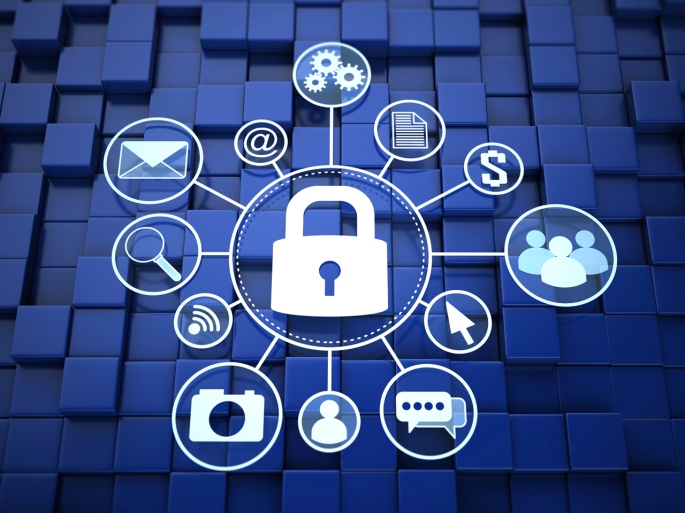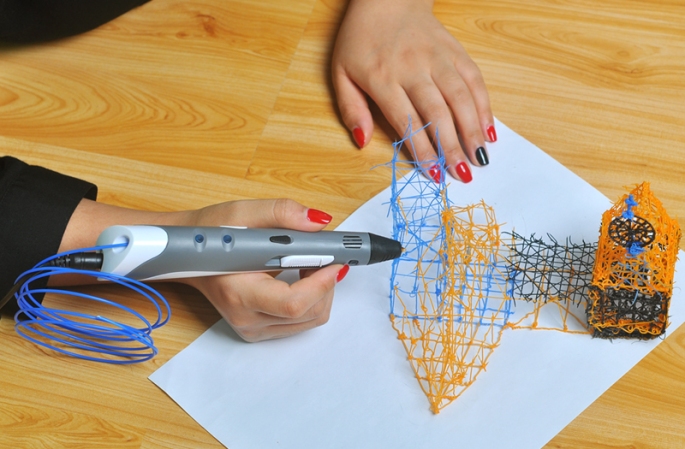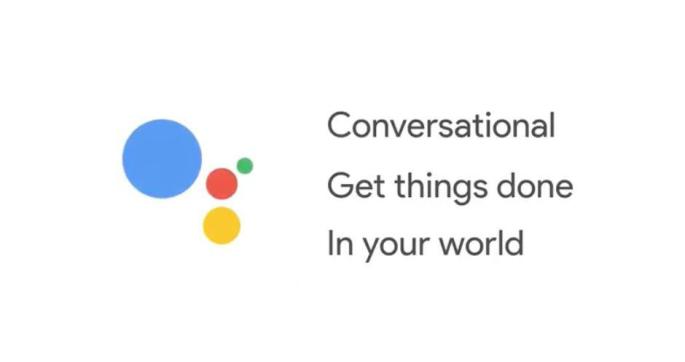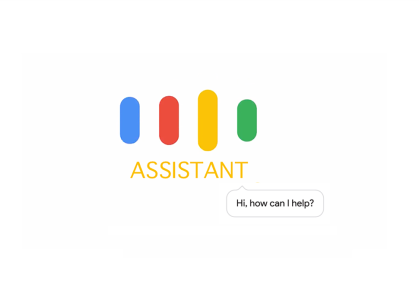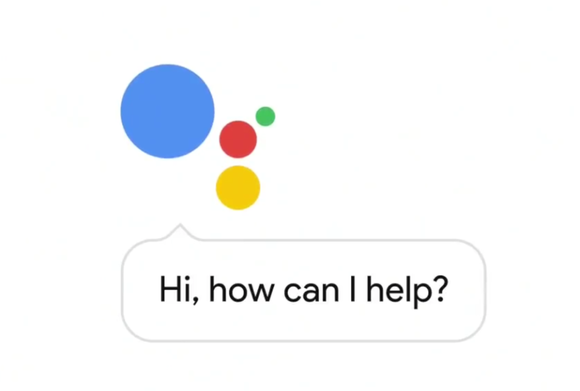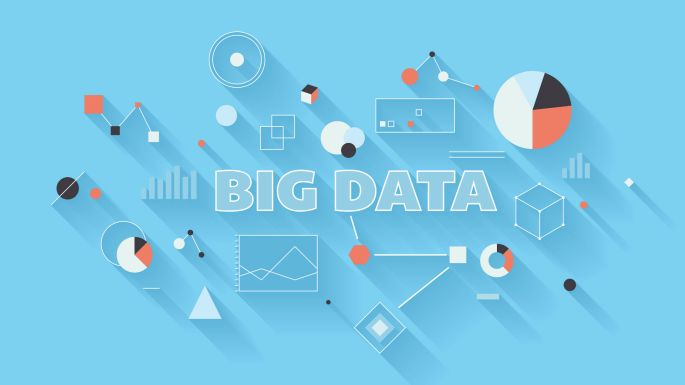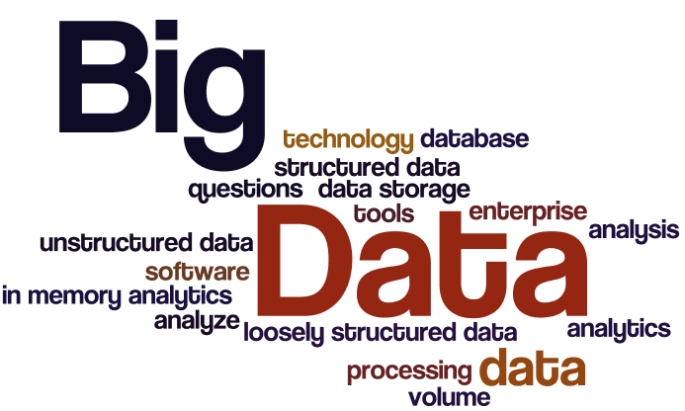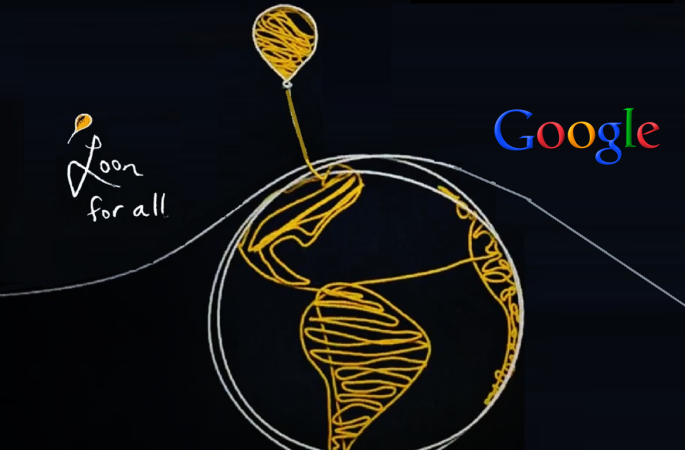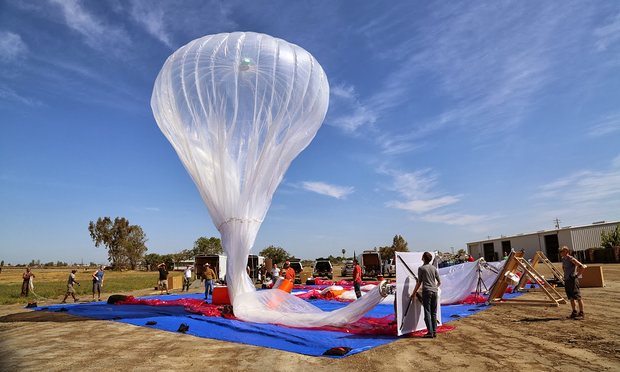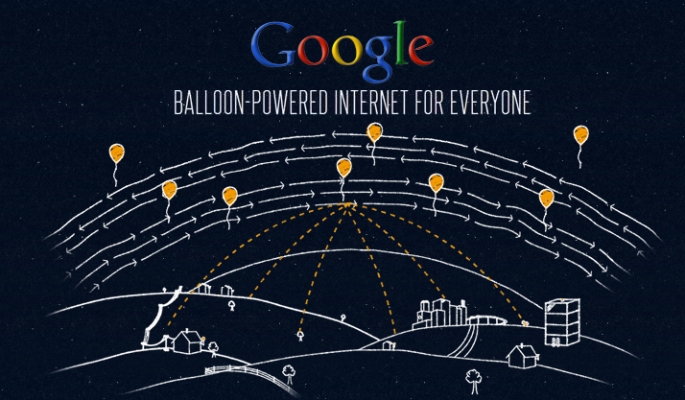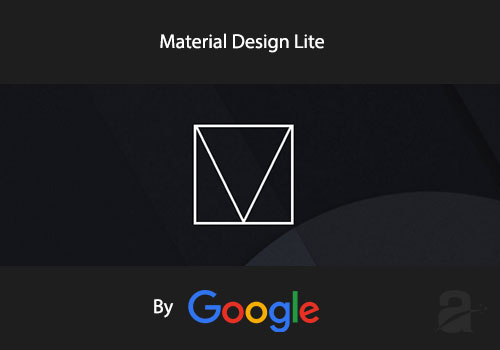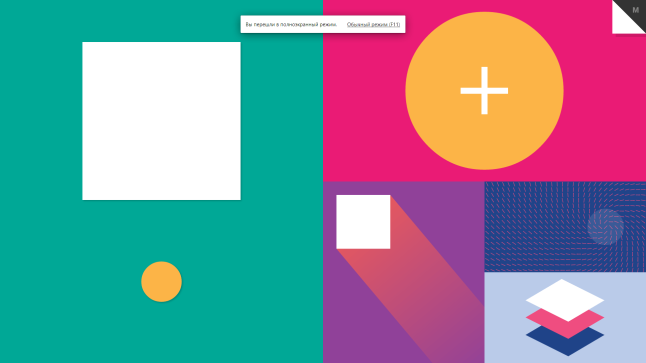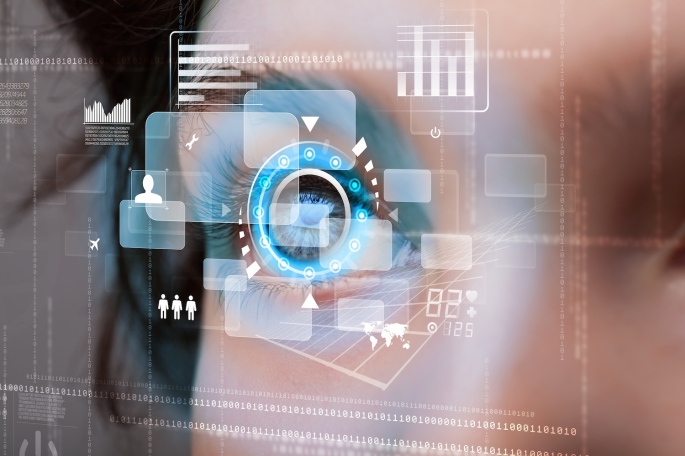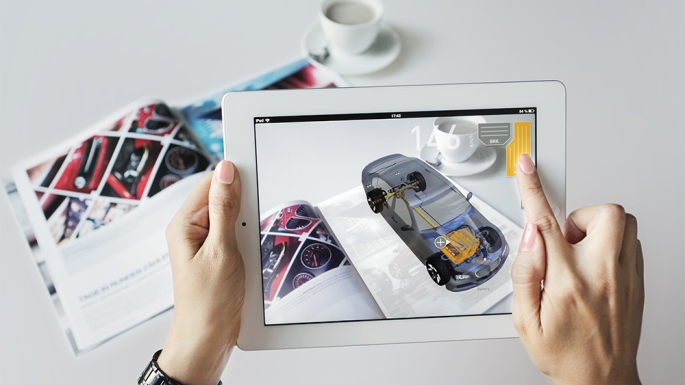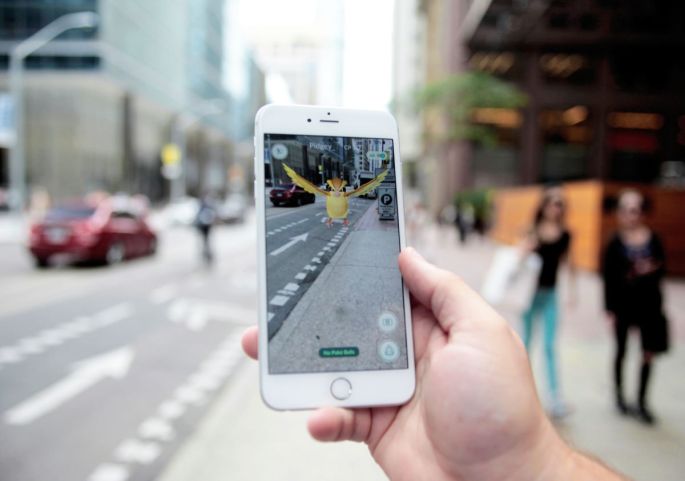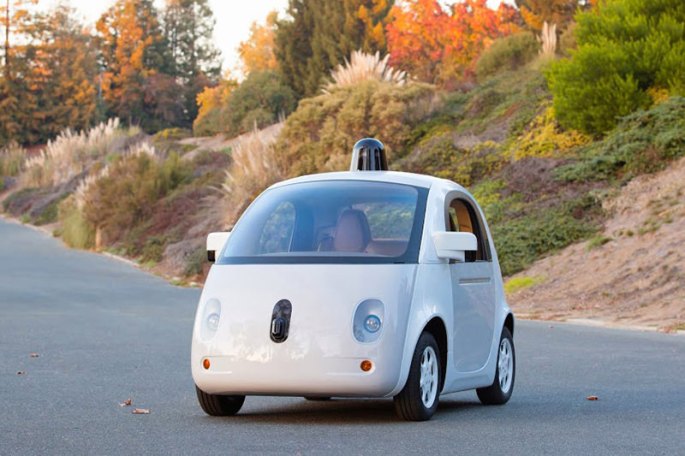What is Google Fiber?
Google Fiber is an Internet and television service provided by Google itself, and plans range from 5Mbps all the way to a blistering fast 1 Gbps (or 1,000Mbps). The service also provides television channels for an extra monthly charge, but to put 1Gbps speeds into perspective, you could theoretically download a full 1080p movie in about a minute. Of course, you most likely won’t get the full 1Gbps speed, since the connection loses a bit of quality from traveling through different loops before reaching your house. So, let’s just say a 1080p movie can download in about five minutes – still, that’s incredibly impressive.
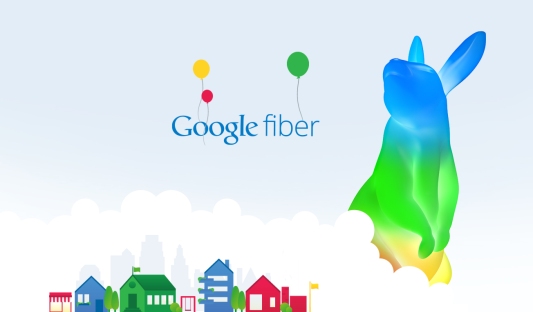
Hence, Google will be providing its fiber-optic cable to a neighborhood and will then be utilizing wireless technology for the distribution of the broadband connection to nearby homes. As a mashup between satellite TV and cellphone Internet provisions, Google Fiber’s wireless service will be utilizing radio waves via a satellite that already serves a fixed location.
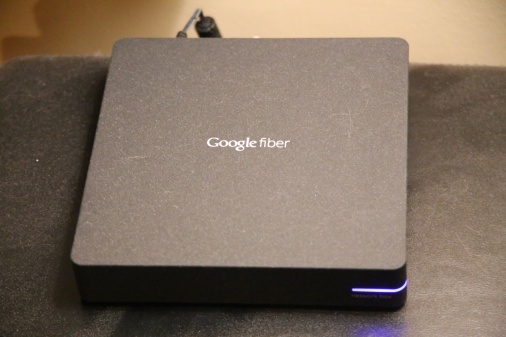
Where is Google Fiber available?
Currently, Kansas City (both Missouri and Kansas) and their surrounding suburbs are the only areas in the U.S. with Google Fiber up and running. However, Austin, Texas and Provo, Utah are officially on the list to get Fiber in the future.
What plans are available?
Google offers three different Google Fiber plans:
- 5Mbps Internet for $0/month (one-time construction/installation fee)
- 1Gbps Internet for $70/month (fee waived)


